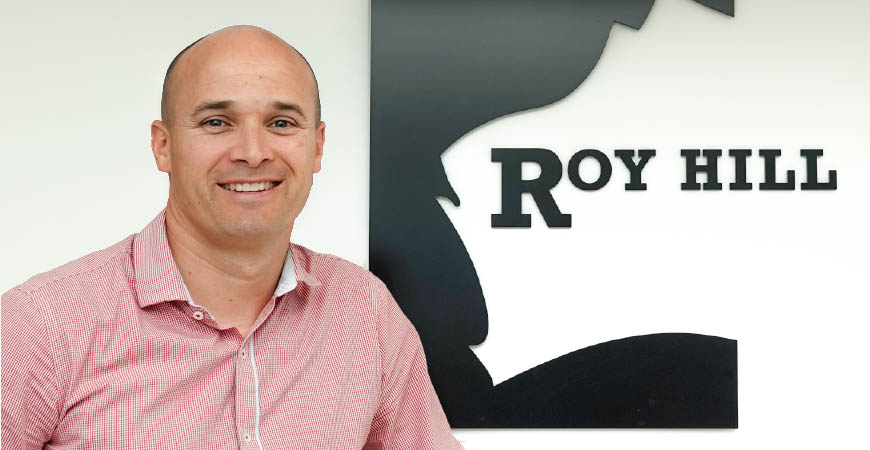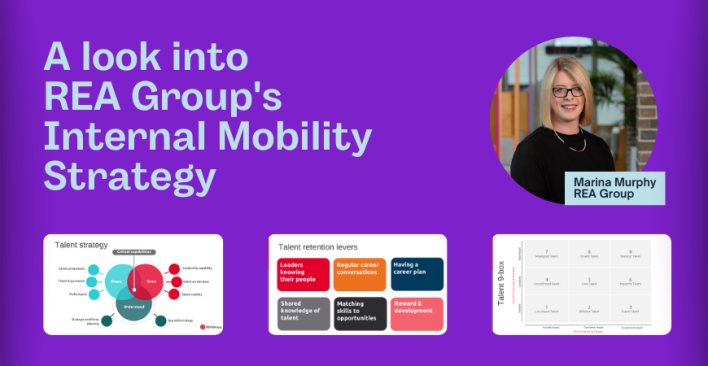What I learned about Talent pools: Busting myths with Jon Bowker from Roy Hill

As we are “swiped” left and right with new social and recruiting technologies, Talent pools have often been overlooked as a quality sourcing and hiring tactic.
Unquestionably, Talent pools can be a very useful method for reducing time to hire while keeping high quality candidates warm until you are ready to offer them a role. However, the challenge lies in staying on these candidates’ radars and working hard to foster ongoing relationships.
So how can we do that? Plus, are Talent pools suitable for all industries? We speak to three Talent leaders who are dipping their toes into Talent pools, starting with Jon Bowker, Roy Hill’s Head of Recruitment. He shares more about the mining company’s foray into Talent pooling and what they are doing to identify and cultivate great candidates.
Why Talent pools?
Before Talent pooling, everything Roy Hill did was reactive. I would imagine it’s the same process as most companies; where a Talent Acquisition team reacts to a job vacancy, advertises the opportunity and waits 2-3 weeks for applications to come through from active candidates, few from the passive market.
Using a ‘traditional ATS’, they’re notoriously difficult to Talent pipeline within and even then, the candidate data is old and expired making it even more difficult to effectively Talent pool.
With a fundamentally reactive process, you tend to have a long time-to-fill statistic, a lower quality of hire outcome, an average candidate experience and employment brand, and an overworked Talent Acquisition function with too many vacancies to effectively manage.
At Roy Hill, we use Talent pools to provide a more proactive solution to reverse the above outcomes that a reactive solution provides.
Common misconceptions about Talent pools
THE MISCONCEPTION: They’re only suitable for high volume, bulk recruitment positions.
THE FACT: More niche positions, that you might only recruit 2-3 times per year, can also benefit from Talent pools. Firstly, these positions are often the ones that can take 45+ days to fill when you reactively go to market. And secondly, whilst some candidates might fall out of your Talent pool over time, the majority of candidates are typically the ones that are gainfully employed and happy to sit tight until a suitable role becomes available.
THE MISCONCEPTION: That your Talent pool is your entire database.
THE FACT: Your Talent pool should contain candidates who are your “next in line” hires – Talent who you have been interacting with on a regular basis and have in depth knowledge of.
THE MISCONCEPTION: Talent pools aren’t worth the effort because candidates move around so frequently.
THE FACT: Even if a candidate does end up securing an alternate role, would they not be someone you might want to keep engaged in case that role doesn’t work out for them? Or perhaps in 12+ months’ time, they might be ready for another move?
How to get started
The first step is to identify approximately how many hires you require for a given role per year, and then multiply that by 10. That should roughly set the size of what your Talent pool should be.
Then identify the skill sets and types of candidates you are seeking within that Talent pool. And once you allocate candidates within the pool, ensure you revisit the pool regularly to add new candidates and to communicate with them to ensure they remain engaged and keep their profiles current. Sending messages to candidates congratulating them for making it into a Talent pool is also a really effective form of engagement, without over promising and setting unrealistic expectations.
Our aim moving forward is to maintain separate Talent pools for internal and external candidates. Internal Talent pools, in my opinion, are best managed via an internal Talent management process where leaders and the Talent/HR function are accountable for regular maintenance of an internal Talent matrix and assessing employees for future development opportunities.
Once it’s identified that a position needs to be filled externally, that’s when you should dive into those external Talent pools to identify the most appropriate ‘next in line’ hire. It’s the role of the Talent Acquisition team to continually maintain and add new Talent to these external pools via various methods including advertising, direct approaches, attraction via your employment brand, careers sites, and referrals etc.
Advice for Talent leaders getting into Talent pools
Do not try and establish Talent pools from within a ‘traditional ATS’
There isn’t a traditional ATS in my experience that does Talent pools well, and even if they say they can, the fact remains that candidate data within a traditional ATS is old and never going to be updated by the candidate.
For example, if XYZ ATS is used by 20 employers, and one candidate applies to all 20 employers, they will then have 20 separate profiles within XYZ ATS. In my view, that’s a poor candidate experience and I’ve never seen a candidate update their information in those situations.
There are stronger Talent pooling technologies available in the market that use an ‘eco-system’ platform where candidates can manage just one personal profile which is easily updated.
Communicate communicate communicate
Once you establish your Talent pool, ensure you communicate with your community on a regular basis, for example every quarter. This could be in the form of a ‘touching base’ message, to a ‘company update’ message. Either way, you’re engaging with your Talent community and reminding them that they are your ‘next in line hire’.
A future initiative at Roy Hill will be to invite candidates from within Talent pools to attend “Information Evenings” with key leaders within the business, so they can network and become more highly engaged with our business. These “Information Evenings” are also excellent ways to conduct further pre-screening of candidates for suitability and values fit, by incorporating a networking session into the evening where leaders and candidates can informally chat.
Read the rest of the articles in the Talent pool series:
What I learned about Talent pools: Exploring best practices with Rebekah Di Blasi from KJR
What I learned about Talent pools: Reducing time-to-fill with Andy Gooden from Little Real Estate
Cover image: Roy Hill
Struggling to gain visibility & control over your workforce? Join us at the Contingent Workforce Workshop 2018 in Melbourne or Sydney to learn the skills, models and case studies you need to solve these challenges!

Related articles
Leave a Reply
Sign up to our newsletter
Get a weekly digest on the latest in Talent Acquisition.
Deliver this goodness to my inbox!


